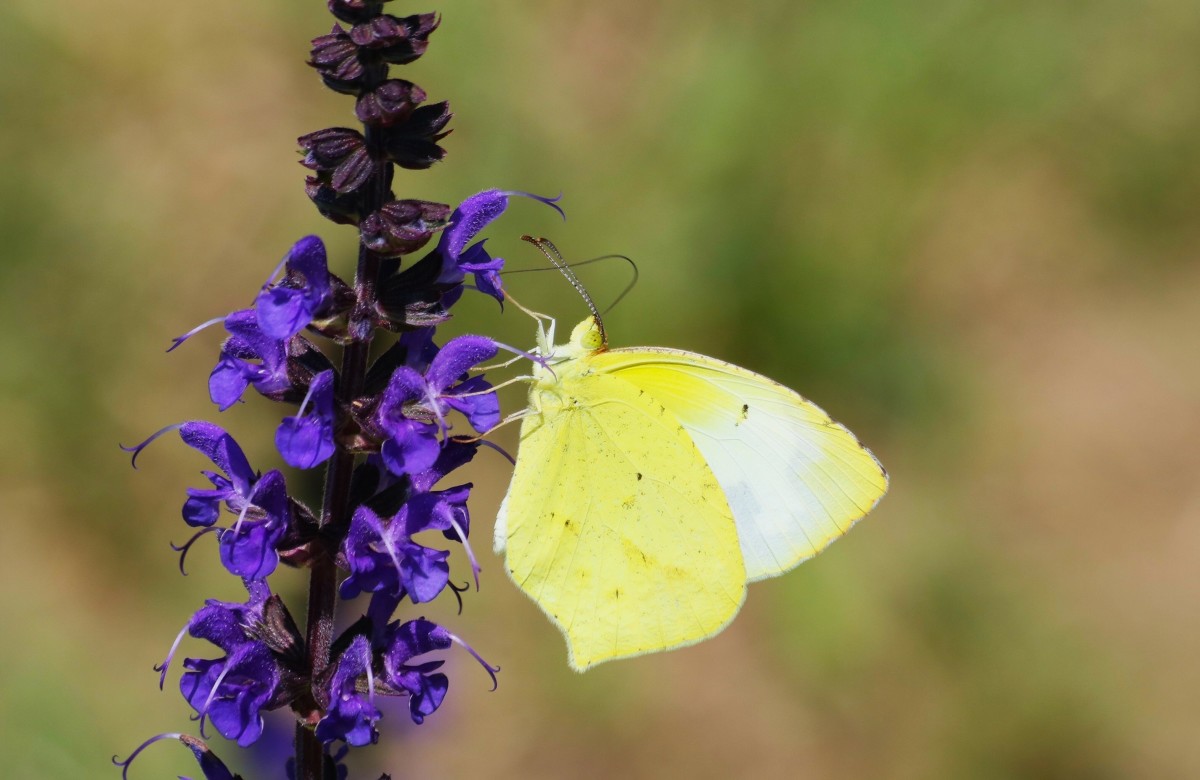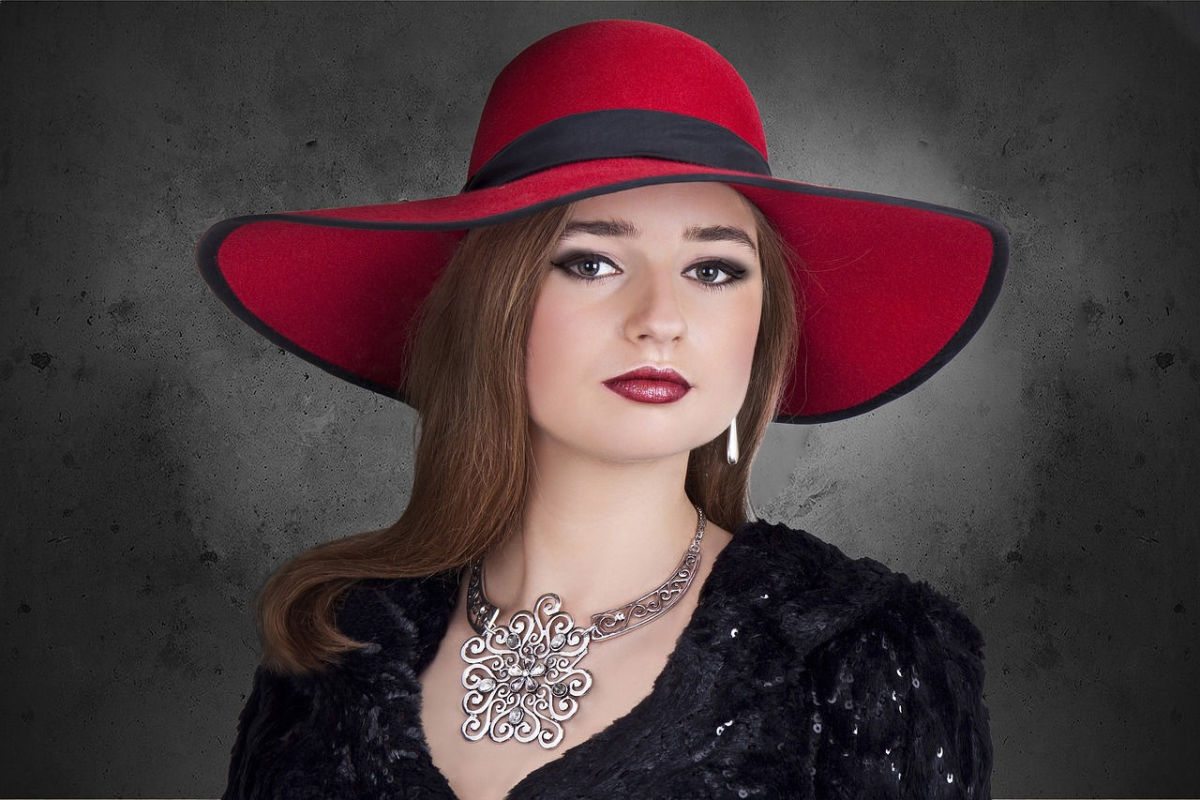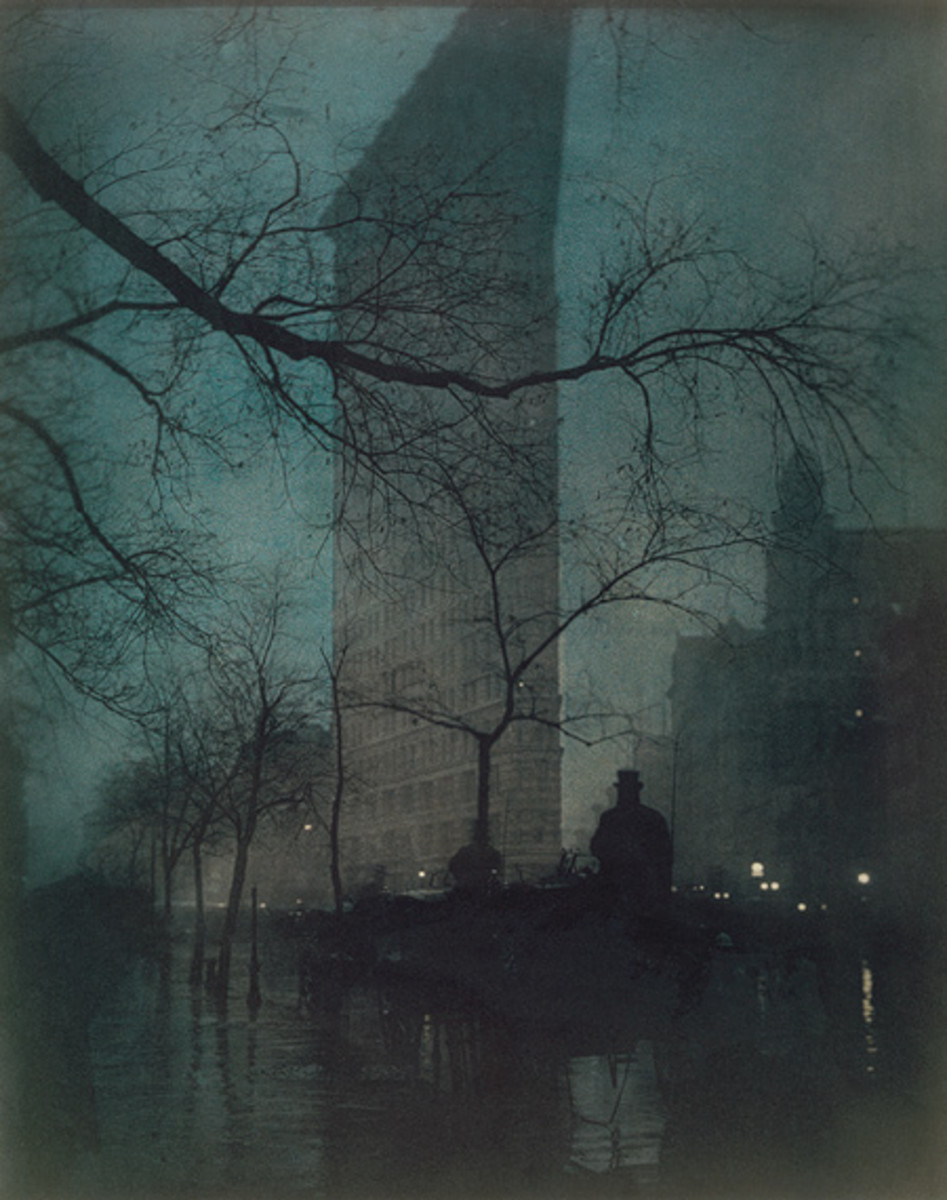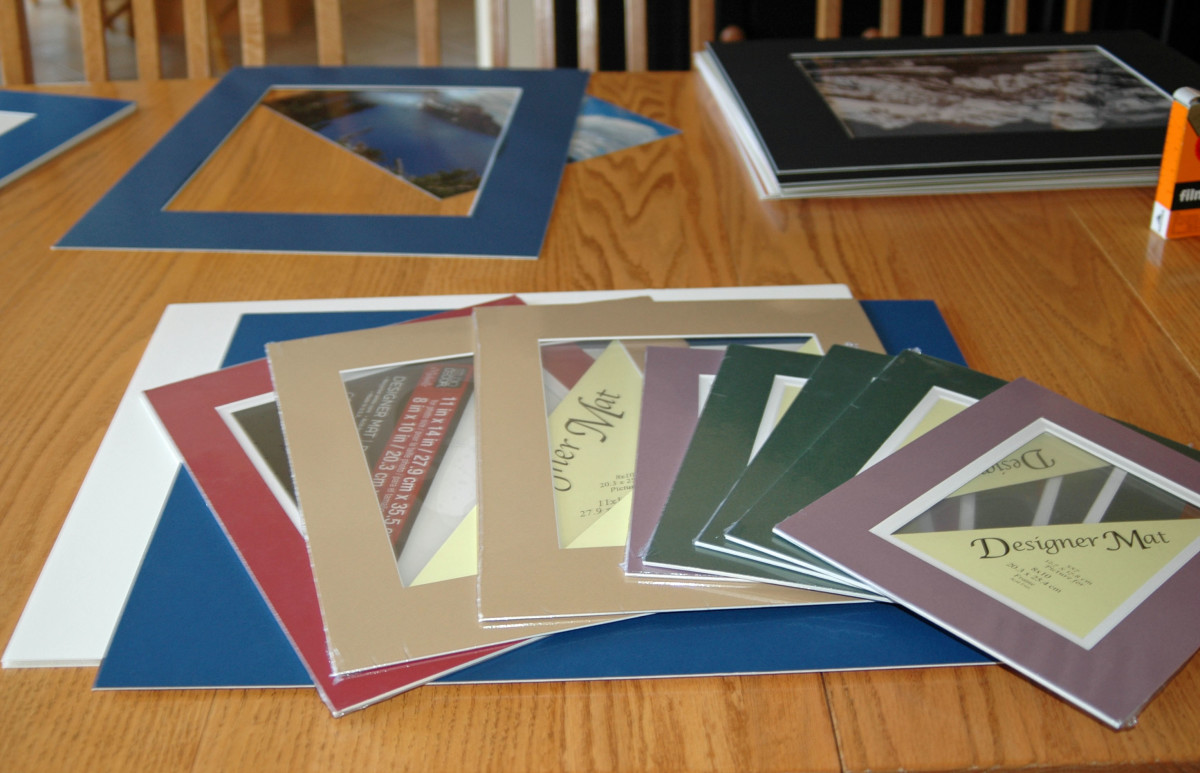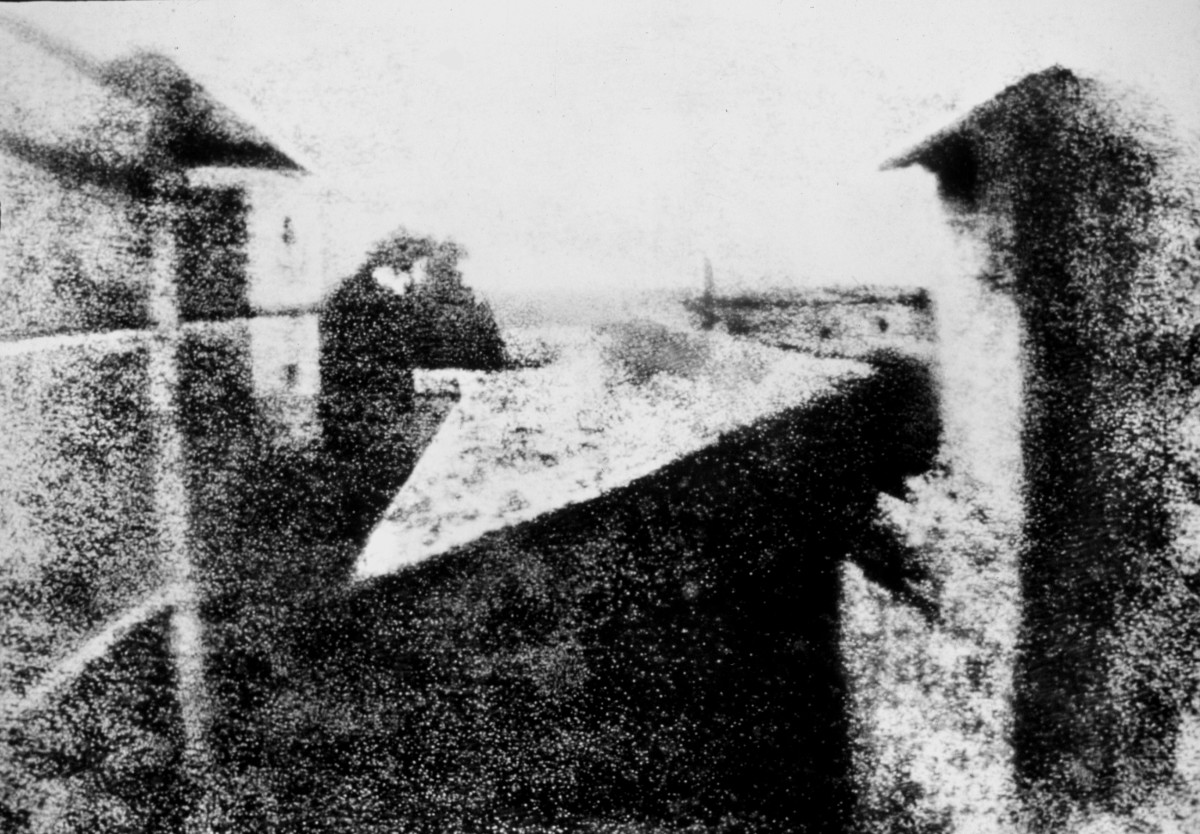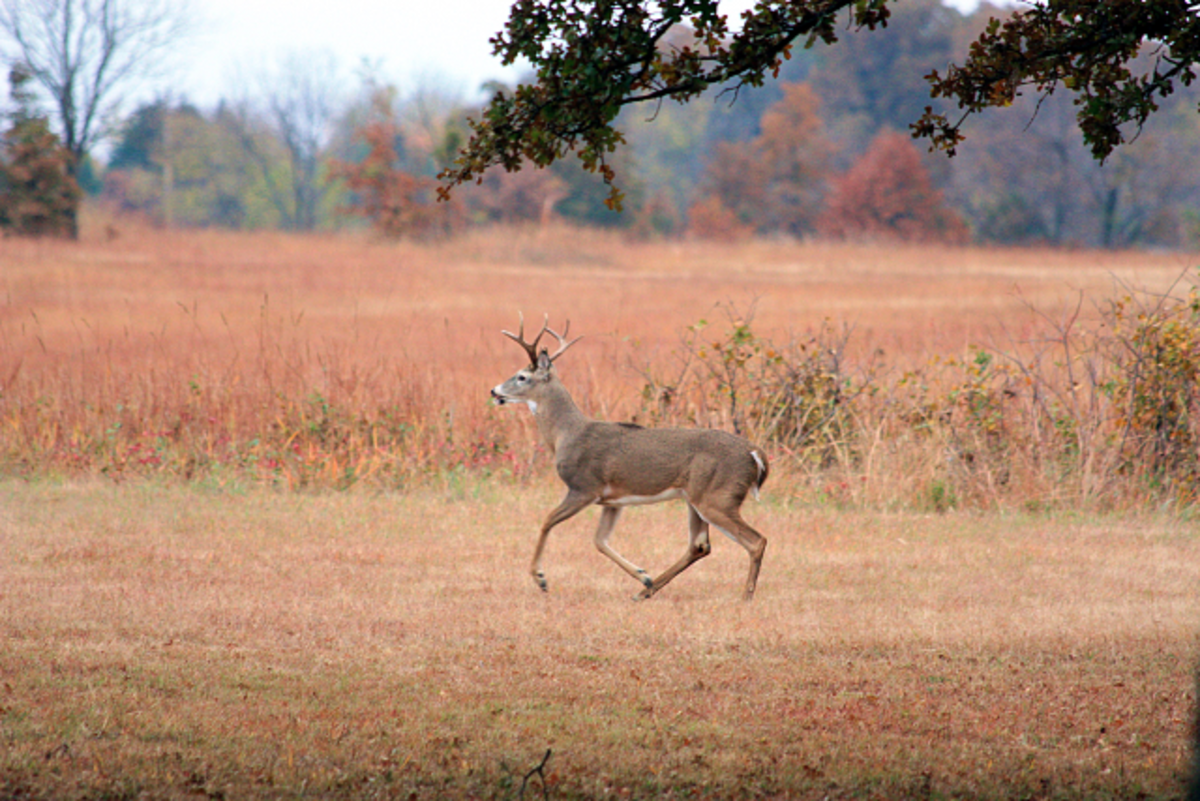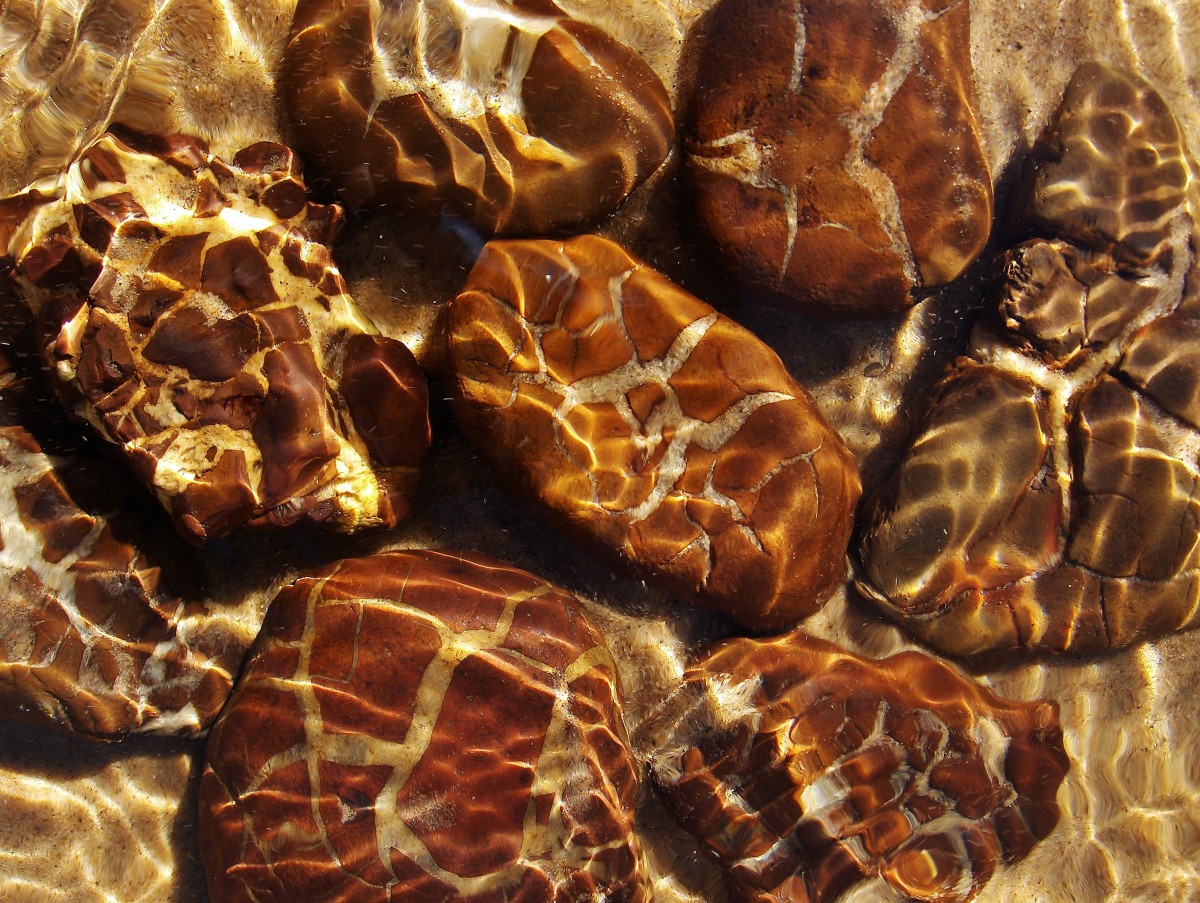How to do Nature Close Up Photography
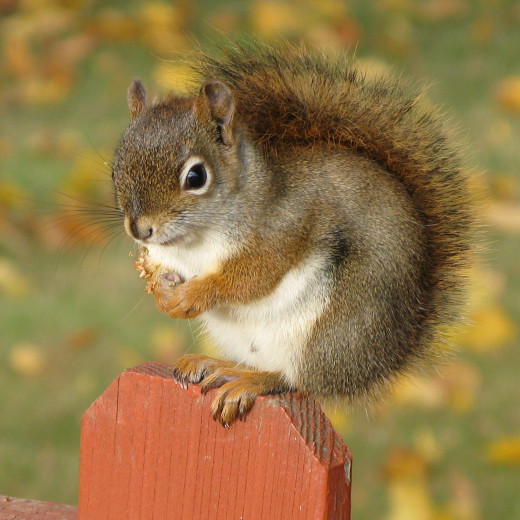
Nature Photography
You need to know how to photograph nature by getting in close, and for most nature subjects you need to get in really close proximity if you want a decent photo at all.
Some basic steps to follow are to understand all that you can about the subject of your shots. You need to research your subject's activity cycles, are they diurnal or nocturnal.
The majority of your subjects will be visible during daylight hours so photographing them should be relatively easy with the aid of a long telephoto or zoom lens.
But if your subjects are nocturnal, then besides the lens you will also need a light source. Your research should encompass all areas of activity as well as mating, feeding and behavioral patterns associated with your subject. Once in location, research favorite watering holes, travels patterns, abundance of food supply and so on.
You need to know basic biology. You can start by contacting a local college or university wildlife department, local animal societies, your public library, and don't forget the Web.
You will also need to understand clues that animals often leave behind which indicate their presence. Birds will often visit a favorite perch several times during the day, and you will often see an abundance of bird droppings at the base of their favorite tree or perch. If you notice the remains of their prey at the base of a tree, then more likely than not this is where they come to feed, and this is specially true of raptors. You will often see a bird that is about to take flight, ruffle their feathers or lean on one foot just prior to taking off. These are clues that tell you that you better take the shot now before it's too late.
Rodents and small grazing animals will often pause and survey their realm before heading off to feed, look for patches of vegetation for signs of trodden grass or disturbed ground. They will also have a favorite feeding station, usually a patch with their favorite vegetation or where tree nuts fall and gather. Knowing which vegetation this is will almost guarantee a photo success.
Large mammals will often sniff the air and point their ears in the direction of interest or if they are disturbed and will often be still for several seconds if not minutes before resuming their activities or moving on.
Being aware of this gives you a change to photograph them. However, never place yourself or an animal in harms way for the sake of a photo. If you are attempting to photograph a potentially dangerous animal such as mountain panthers/lions. Be aware that if they start crouching and their tail is low to the ground, they are stalking prey, and hopefully is not you!
Fish hunting birds will suddenly freeze when they are ready to strike if they are searching in the water or will hover in midair before plunging to the water in search of prey.
Be aware of species specific mating displays and rituals, for during mating most species will be apt for photography since their interest is not you but rather a potential mate. Most mammals mate during the fall and most birds mate during the spring. Snakes will search out a darkened and cool location to mate, some species of birds will build elaborate nesting sites to attract mates. With research and understanding you are better prepared to take your shots.
If you intend to photograph subjects that are somewhat used to people,then your approach is somewhat easier. Try approaching them in a slow but steady pace rather than speeding towards it or they might interpret your sudden rush as a threat. Avoid taking equipment that you won't need, other than the camera with a zoom or telephoto lens in the range of about 300mm to 60mm, It will just make noise and be in your way.
Avoid extravagant clothing. Natural colors work better. Keep the front of you lens away from the subject until prior to the shot. For some animals the lens looks like a really big eye. Never underestimate your car as a photographic vantage point, most animals, with the exception of the most remote areas of the world, are quite accustomed to cars, so if you can, use it.
Body hygiene should be limited to the use of neutral smelling products. Strong perfumes or soaps seem to alert animals to your presence as much as tobacco does.
You can also try luring animals closer to you by using lures, such as nuts, fruits and seeds. Just be mindful to only use them sparingly. The object is to get the animals close, not to make them used to the lures or being fed, and in some cases feeding wild animals is not only dangerous but illegal. Try feeding alligators in Florida!
Some photographers use blinds, but these need to be set up ahead of time and you usually have to wait several hours before animals get used to them. Use them only when convenient and in no way will disturb the ecosystem.
Photographing flora does not take most of the aforementioned precautions into mind, but you still need to research the subject. Their flowering times or peak times, what weather affects them negatively and for some whether they bloom at night or day. I once traveled two hours to a place famous for their orchid blooms only to find out that I was two months early.
In places where foliage changes color with the seasons, knowing at what times this occurs can yield a bounty of spectacular fall colors.
Most insects have their mating and transformation cycles tied in with the seasons, knowing when will reward you with great photo ops.
if traveling for nature scenes; sunsets, sundowns, snow covered terrain etc.. keep track of changes in hours and weather patterns. Basic research and understanding leads to great photo opportunities, but can also lead to an enjoyable photographic experience.
Nature Photos- in close
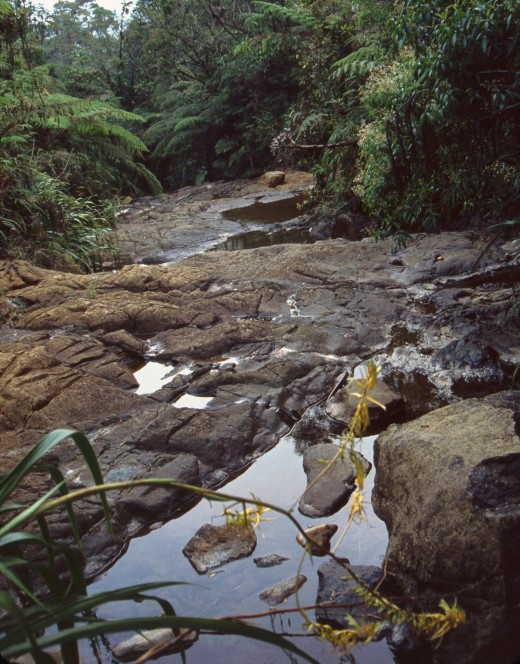
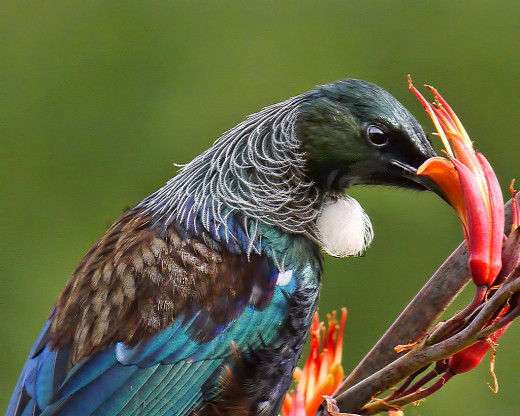
Nature photos
- Nature Photographer Magazine- photography techniques, nature photography articles, outdoor photograp
Nature Photographer Magazine- the photography magazine for outdoor and nature photographers
Do you like nature shots?
© 2011 Luis E Gonzalez



